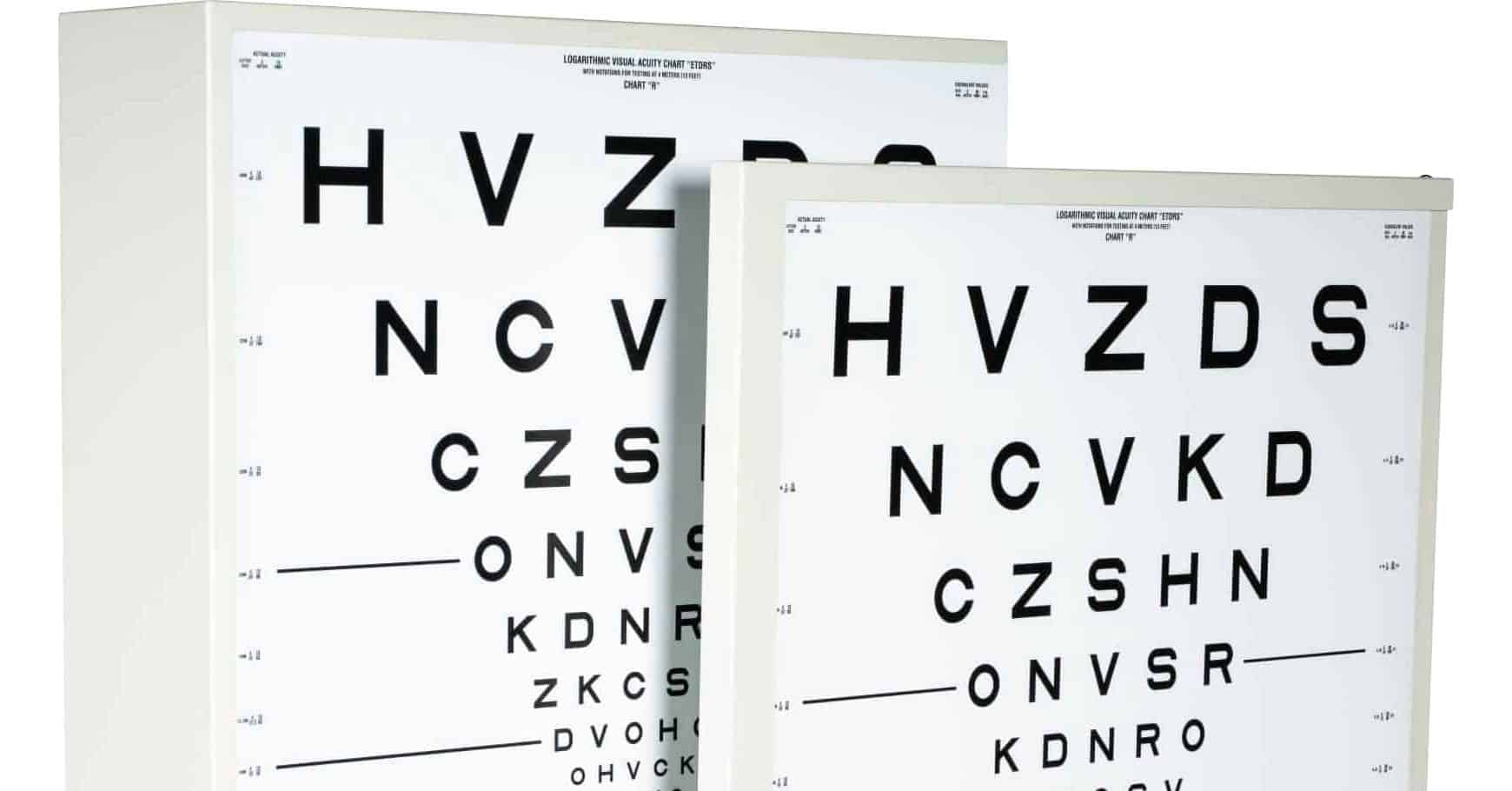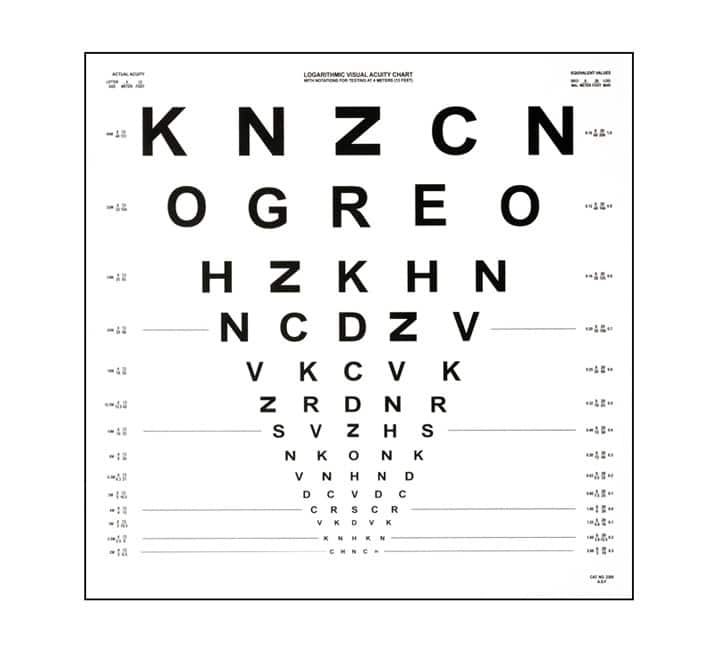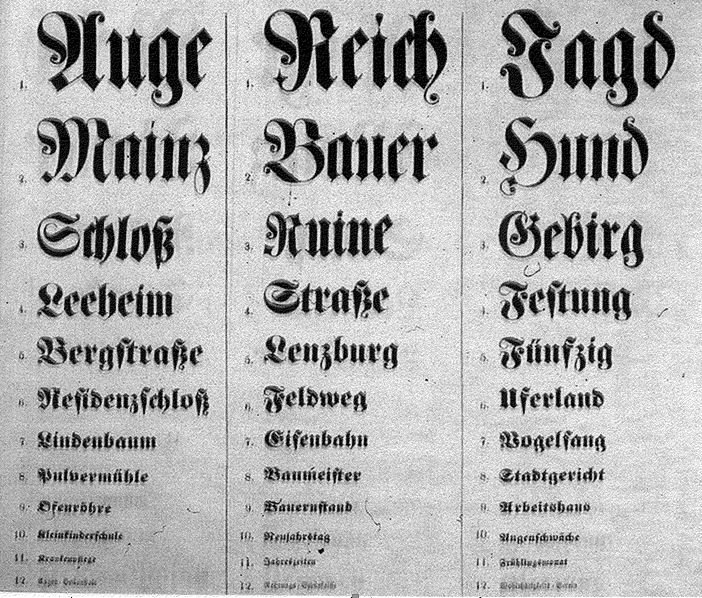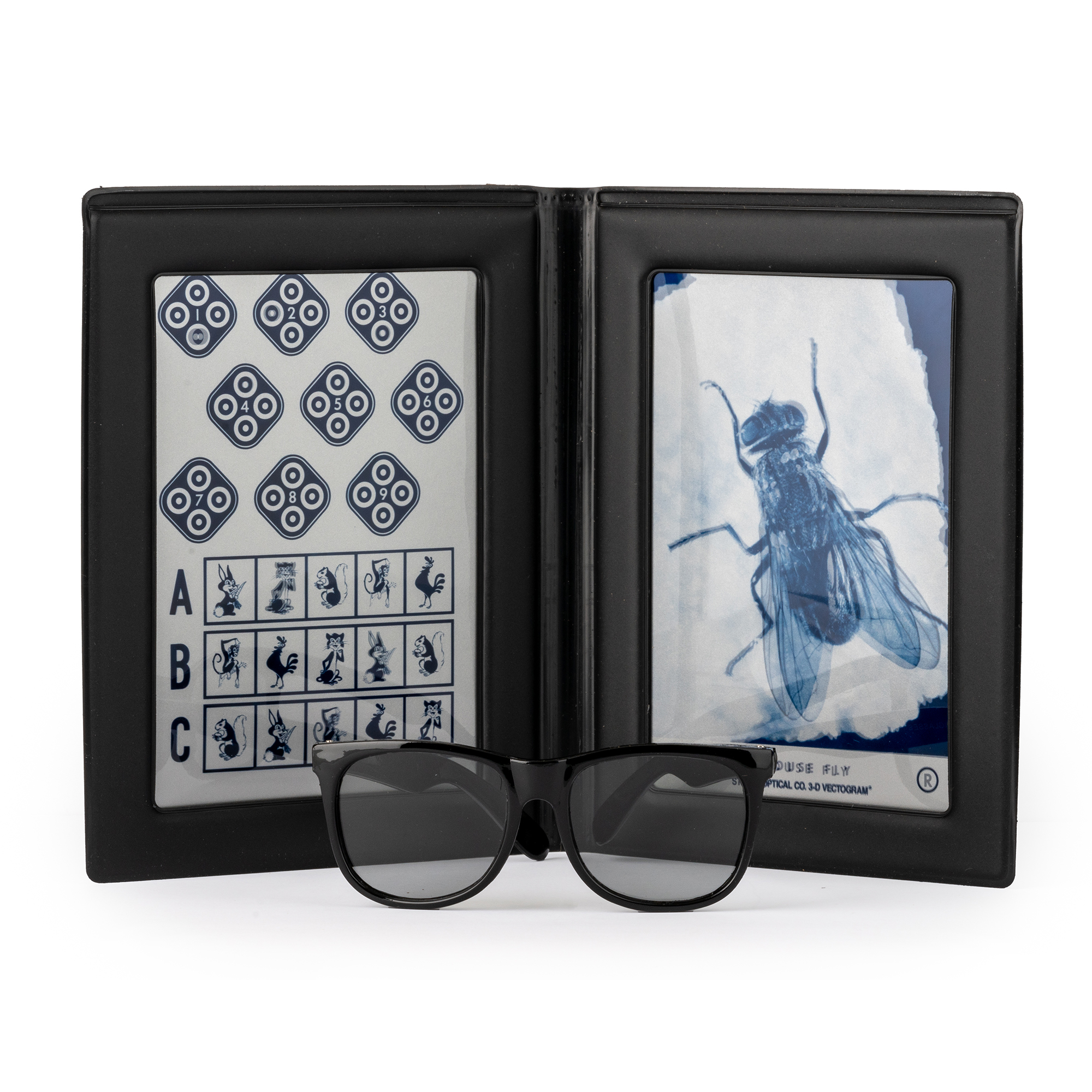
Get REAL
Say yes to patient safety!
Once viewed as a “victimless crime”, counterfeiting is a malicious act fueled by (or motivated by) greed. When poor replicas of diagnostic tools are put to use they cause harm. When a counterfeit is purchased, it harms the reputation of world-renowned gold standard tests and everyone involved in developing the real tests. The patients, the eye care professionals, researchers, manufacturers, and inventors are all impacted by the deceitful and irresponsible sale of fake products. Determining the authenticity and accuracy of a vision test and related devices can be difficult but we will do our best to help those who are interested. ….. should more be added to that sentence?

What ‘REAL’ means to Precision Vision
• REAL products are backed by years of reliable research and numerous publications.
• REAL distributors of authentic products operate with integrity and are aligned with good companies.
• REAL manufacturers are trusted, licensed, and have years of proven performance and contribution to the industries they serve.
How do you know if it’s counterfeit?
Trust Your Instincts
If it’s too good to be true, it probably is. How do you keep yourself, your patients, and your business safe from fakes? The answer is not easy and there’s no foolproof way to know the difference between a bargain and a counterfeit. The best way to expose a counterfeit product is to ask questions and review both the product and the product manufacturer with your eyes wide open.
Buy from a Reputable Source
Seek reputable sellers & distributors and check serial numbers with manufacturer databases. Scrutinize labels, packaging, and the product. Look for credentials on the product. You should be able to find the name and origin of the manufacturer. Look them up if you’re not familiar with them. If you can’t find these things it’s definitely counterfeit. Often, you’ll quickly know if they’re legitimate or not.

Further explanation of the counterfeit Pelli Robson chart seen above may be found here.
Seek quality assurance: Reputable and reliable resellers have comprehensive inspection procedures and technicians to inspect the equipment they sell. They don’t engage in word games with slight changes to the name or title of products. We recently came across someone marketing a line of charts intended to be ETDRS charts they refer to as i-ETDRS charts. We are not aware of any research or publications validating the optotypes used in those charts as being acceptable for use in clinical trials or research following ETDRS BCVA protocol.
Below is a sample of counterfeit charts which are being solicited as ETDRS or i-ETDRS.



One of these charts above has 8+ confirmed inaccuracies in it.
Contact us with the information below to find out more details.
Look up the product that is provided on the legitimate manufacturer’s website. Make sure the quotation matches the description on the manufacturer’s website. Once the product is received compare it to those images. If you have doubt contact the manufacturer to see if they did, in fact, provide the product to the source you purchased from.
Further explanation of the counterfeit ETDRS products may be found here.
Insist on a Secured Transaction
If you are purchasing online, insist on a secure transaction. Do not make a purchase if you are uncomfortable with the security of the transaction. Look for the web address to begin with: https:// The “s” stands for secure. This simple “s” is actually very complex in the ability to protect your privacy and assure your information (credit cards, personal information, etc) cannot be mishandled. To learn more, visit the Federal Trade Commission’s website.
Seek Quality Assurance
Seek quality assurance in the secondary market. Avoid counterfeits in the secondary market by asking for dSeek quality assurance in the secondary market. Avoid counterfeits in the secondary market by asking for details about your supplier’s quality assurance processes. Reputable and reliable resellers have a comprehensive inspection and authentication procedures and technicians to inspect the equipment they sell. An example of poor-quality assurance can be seen in the image of counterfeit bulbs below. The bulbs being sold utilizing this stolen image are very likely not going to produce the proper light level or uniformity.

This image is being used to sell uncalibrated counterfeits of the PV OEM Bulbs trusted worldwide. This speaks to the importance of purchasing manufacturer direct or from a licensed distributor. The bulbs provided by Precision Vision are calibrated for luminance and uniformity by use of a diffuser film made by Precision Vision. These filters are tuned to the light output of the illuminator cabinets in which they are installed.
All Tests Are Not Created Equal, Ask REAL Questions:
R – Are there reliable research results available?
E – Is this product endorsed by industry leaders?
A – Do the manufacturers have a quality system in place which results in authentic attention to accuracy?
L – Do the manufacturers have longevity in the industry creating these products?
Examples of Counterfeit Products
Precision Vision sees many of our own products and tests we manufacture under strict license agreements displayed on the websites of companies we don’t do business with. We’ve seen companies request quotations for these products to fill requests by private practices and hospitals. Those quotations are then used to show a relationship but the products provided are not ours and the prices are impossibly low.
This stolen image which follows is being utilized to market the Teller Acuity Cards® as “digitally printed.” As the sole manufacturer and master distributor, we can confidently state this is not accurate & is counterfeit.

Further explanation of the counterfeit Teller Acuity Cards® may be found here.
Throughout this page, you will find a small sample of products being solicited as genuine acceptable vision testing products. These counterfeit products have been found in use in clinical trials, research, and clinics around the world. Your patients and your research results deserve better. As a gold standard manufacturer for over half a century, we have reviewed these and similar charts, the sizing, and calibration of these optotypes are inaccurate and questionable at best.
Your patients and your research deserve better!
Contact us for more details @ 815.223.2022 or subscribe below to receive our updates and information related to counterfeit products
Teller Acuity Cards® is a U.S. registered trademark of the University of Washington and used under license to Precision Vision, Inc.





